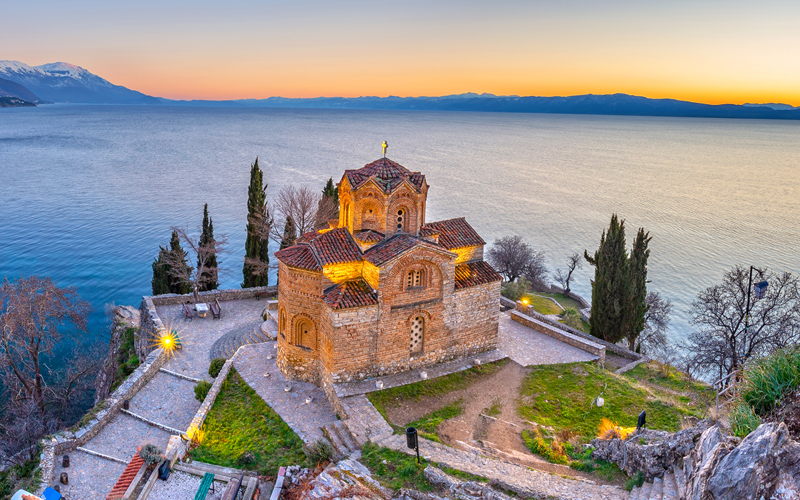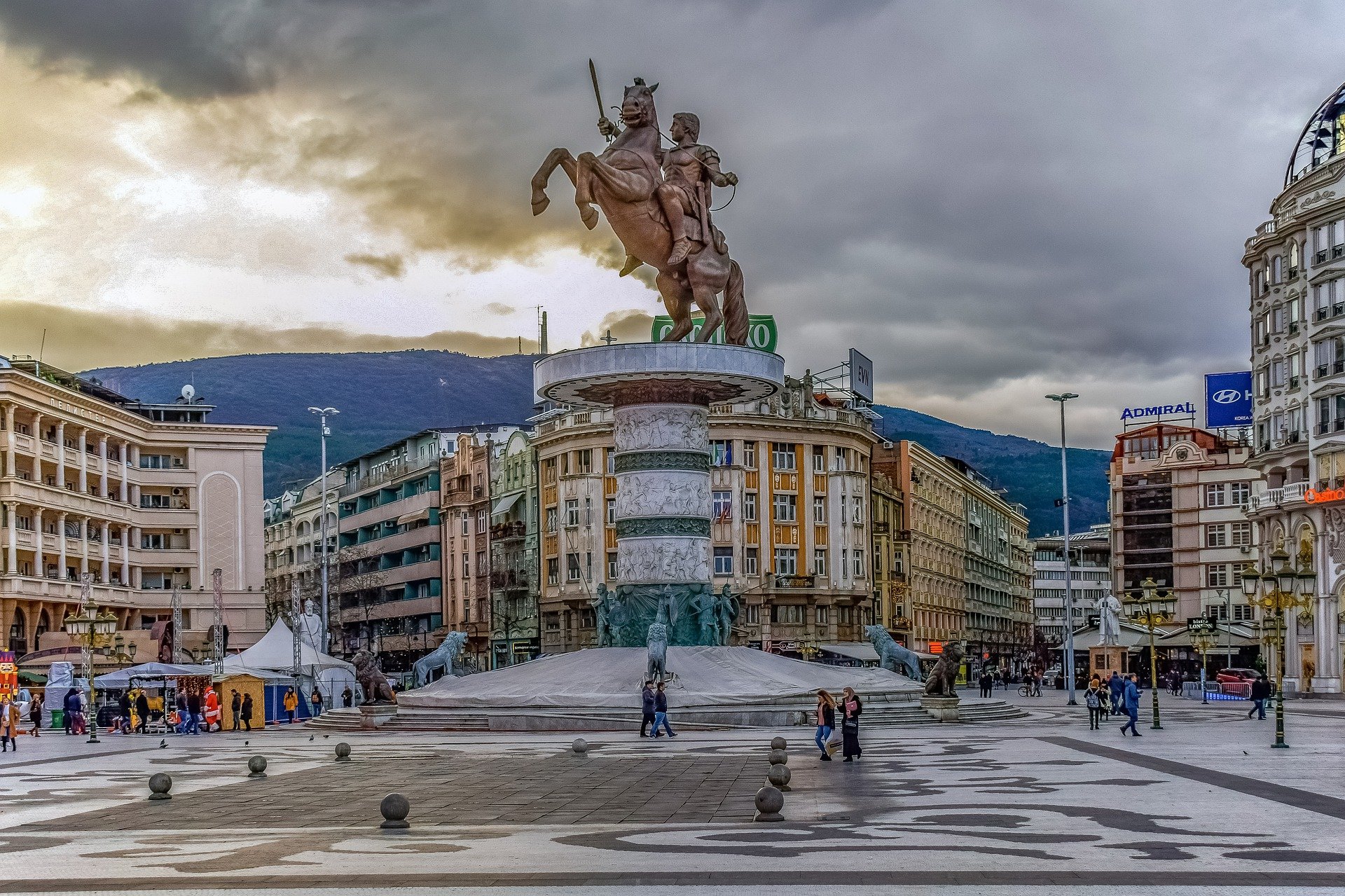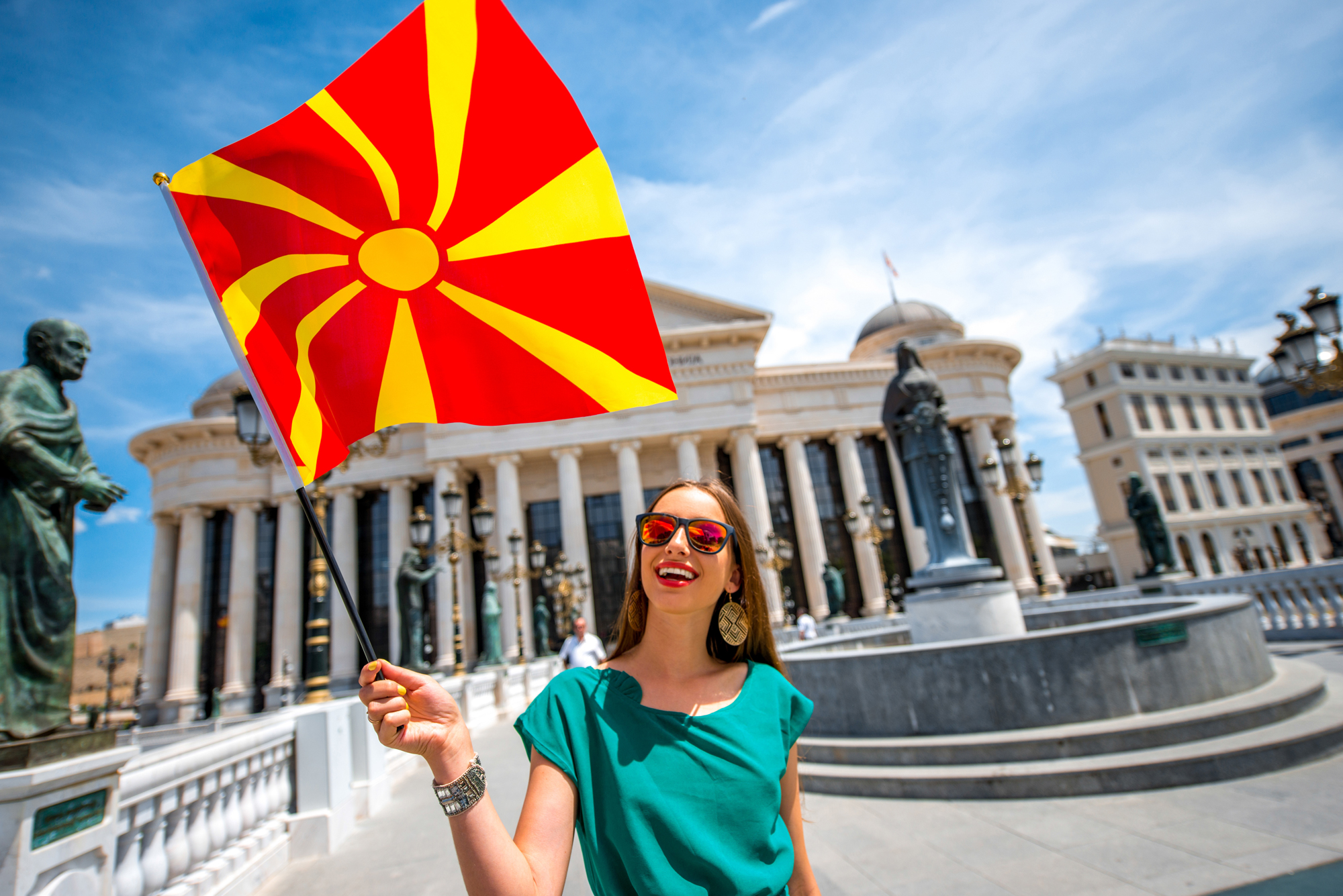Macedonia: A Historical Journey Through Time
Introduction:
Macedonia, a land steeped in history and culture, holds a significant place in the annals of human civilization. Situated in the heart of the Balkans, this region has been a melting pot of various cultures, civilizations, and influences throughout the ages. From the ancient Macedonian Empire of Alexander the Great to the modern-day Republic of North Macedonia, the land has undergone numerous transformations, leaving behind a rich tapestry of heritage and heritage. In this article, we will embark on a historical journey through Macedonia, exploring its past, present, and the legacy it carries into the future.
Ancient Macedonia:
The roots of Macedonia's history can be traced back to ancient times when it was the seat of one of the most powerful empires in the world. The Kingdom of Macedon, under the rule of Philip II and his son Alexander the Great, rose to prominence in the 4th century BCE. Alexander's conquests stretched from Greece to Egypt, Persia, and even as far as India, spreading Greek culture and influence throughout the known world. The legacy of Alexander's empire not only shaped the course of history but also left an indelible mark on Macedonia's identity.
During this period, Macedonia flourished as a center of art, philosophy, and commerce. Cities like Pella, the capital of the Macedonian Empire, and Thessaloniki thrived as hubs of culture and trade. The architectural marvels of the time, such as the Palace of Galerius in Thessaloniki and the Great Theater of Epidaurus, stand as testaments to the advanced civilization that once existed in Macedonia.
Roman and Byzantine Period:
Following the decline of the Macedonian Empire, the region came under Roman rule in the 2nd century BCE. Under Roman occupation, Macedonia experienced further development and urbanization. The Romans built roads, bridges, and aqueducts, improving infrastructure and facilitating trade across the empire. However, with the fall of the Western Roman Empire in the 5th century CE, Macedonia fell into a period of uncertainty and instability.
In the 6th century CE, Macedonia became part of the Byzantine Empire, ushering in a new era of cultural and religious significance. Byzantine rule brought Christianity to the region, and Macedonia became home to numerous monasteries, churches, and religious institutions. The influence of Byzantine art and architecture can still be seen in the many churches and frescoes scattered throughout the countryside.
Ottoman Rule:
The 14th century saw the arrival of the Ottoman Turks in the Balkans, marking the beginning of nearly five centuries of Ottoman rule in Macedonia. Under Ottoman occupation, the region underwent significant changes, both culturally and demographically. Many mosques, bridges, and hammams were built, blending Ottoman architectural styles with traditional Macedonian designs.
However, Ottoman rule also brought about hardships for the local population, as heavy taxation and conscription took their toll on the Macedonian people. Despite this, Macedonia remained a diverse and multicultural society, with Muslims, Christians, and Jews coexisting in relative harmony.
National Awakening and Independence:
The 19th century witnessed a resurgence of Macedonian national identity, as the people of the region began to assert their cultural and linguistic heritage. This period, known as the Macedonian National Awakening, saw the emergence of a distinct Macedonian identity separate from that of their Greek, Serbian, and Bulgarian neighbors.
The struggle for Macedonian independence gained momentum in the late 19th and early 20th centuries, culminating in the Ilinden Uprising of 1903. Although ultimately unsuccessful, the uprising served as a rallying cry for Macedonian nationalism and paved the way for future efforts to achieve self-determination.
Modern Macedonia:
Following the Balkan Wars of 1912-1913, Macedonia was divided between Greece, Serbia, and Bulgaria, effectively erasing the idea of a unified Macedonian state. Throughout the 20th century, the region experienced political upheaval, as competing national interests vied for control over its territory.
After World War II, Macedonia became a constituent republic of the Socialist Federal Republic of Yugoslavia, under the leadership of Josip Broz Tito. During this time, Macedonia experienced rapid industrialization and urbanization, as well as advancements in education and healthcare.
In 1991, following the breakup of Yugoslavia, Macedonia declared independence, becoming the Republic of Macedonia. However, its name and identity have been a subject of contention, particularly with Greece, which objected to the use of the name "Macedonia" due to its own historical and cultural claims to the region.
In 2019, the country officially changed its name to the Republic of North Macedonia, following an agreement with Greece, thus resolving the longstanding dispute and opening the door to closer ties with the European Union and NATO. The journey of Macedonia through history continues to shape its present and future in profound ways. As the Republic of North Macedonia, the country stands at a crossroads, balancing its rich cultural heritage with the demands of modernity and globalization.
The journey of Macedonia through history continues to shape its present and future in profound ways. As the Republic of North Macedonia, the country stands at a crossroads, balancing its rich cultural heritage with the demands of modernity and globalization.
One of the key challenges facing North Macedonia today is the preservation and promotion of its cultural identity. Despite centuries of influence from neighboring powers, Macedonia has managed to retain a distinct cultural identity, reflected in its language, traditions, and customs. Efforts to safeguard this cultural heritage include the protection of historical sites, the promotion of traditional arts and crafts, and the celebration of national holidays and festivals.
Furthermore, North Macedonia's strategic location in the Balkans has made it a crossroads of trade and commerce for centuries. Today, the country continues to play a vital role in regional stability and economic development. With its accession to NATO in 2020 and ongoing efforts to join the European Union, North Macedonia is positioning itself as a key player in the integration and cooperation of the Western Balkans.
However, challenges remain, particularly in the areas of economic development and political stability. High unemployment rates, especially among young people, and widespread corruption are obstacles to progress and prosperity. Additionally, ethnic tensions and disputes over historical narratives continue to simmer beneath the surface, threatening to undermine the country's fragile unity.
Despite these challenges, North Macedonia has made significant strides in recent years. The signing of the Prespa Agreement with Greece in 2018 was a historic milestone, paving the way for the country's NATO membership and improving relations with its neighbors. Furthermore, ongoing reforms in areas such as judiciary, public administration, and the rule of law demonstrate North Macedonia's commitment to European integration and democratic values.
Conclusion:
Macedonia's history is a testament to the resilience and endurance of its people in the face of adversity. From its ancient roots as the seat of an empire to its modern-day identity as the Republic of North Macedonia, the region has undergone countless transformations, yet its rich cultural heritage remains a source of pride and inspiration for all who call it home. As Macedonia continues to navigate the challenges of the 21st century, its history serves as a reminder of the strength and diversity of the human spirit.
















































